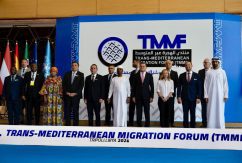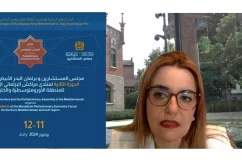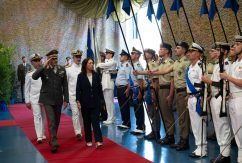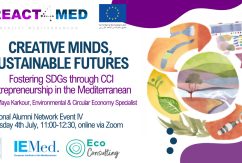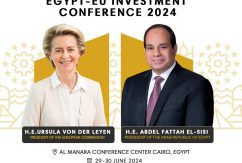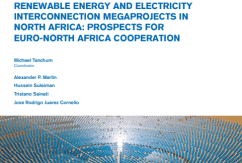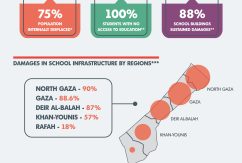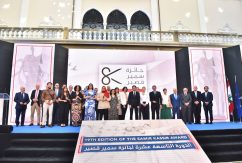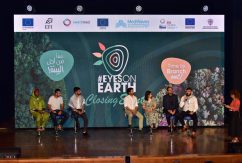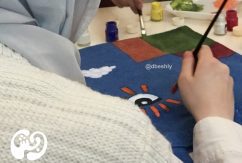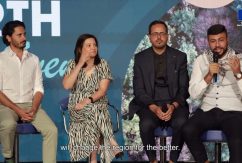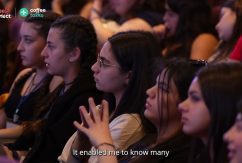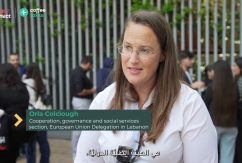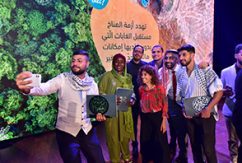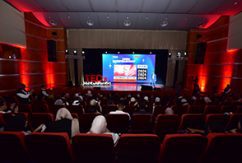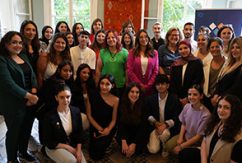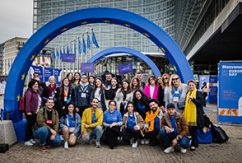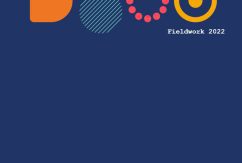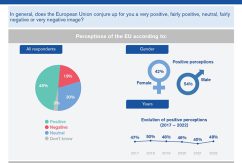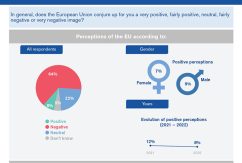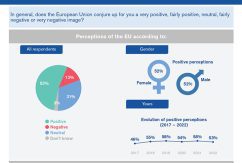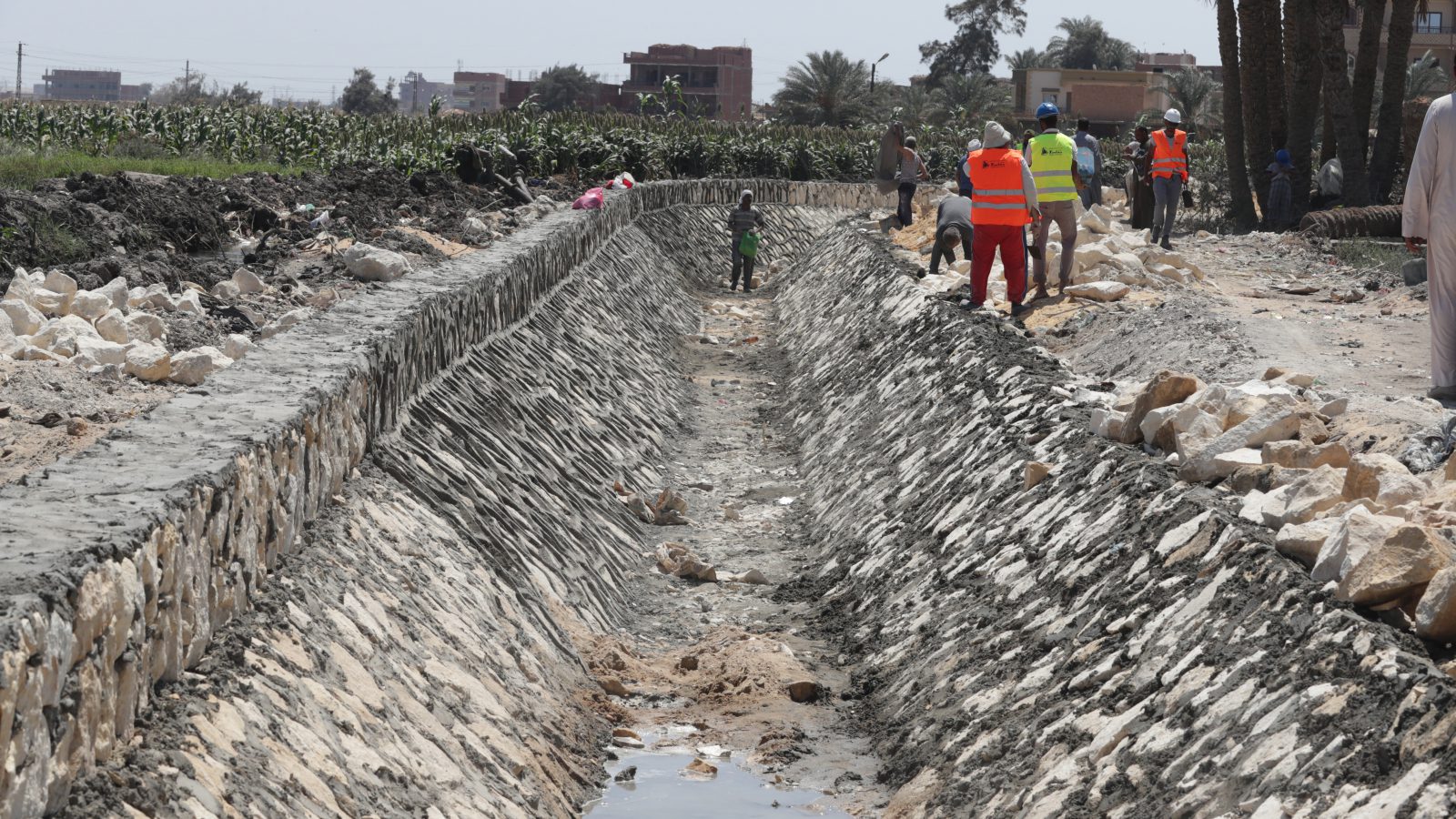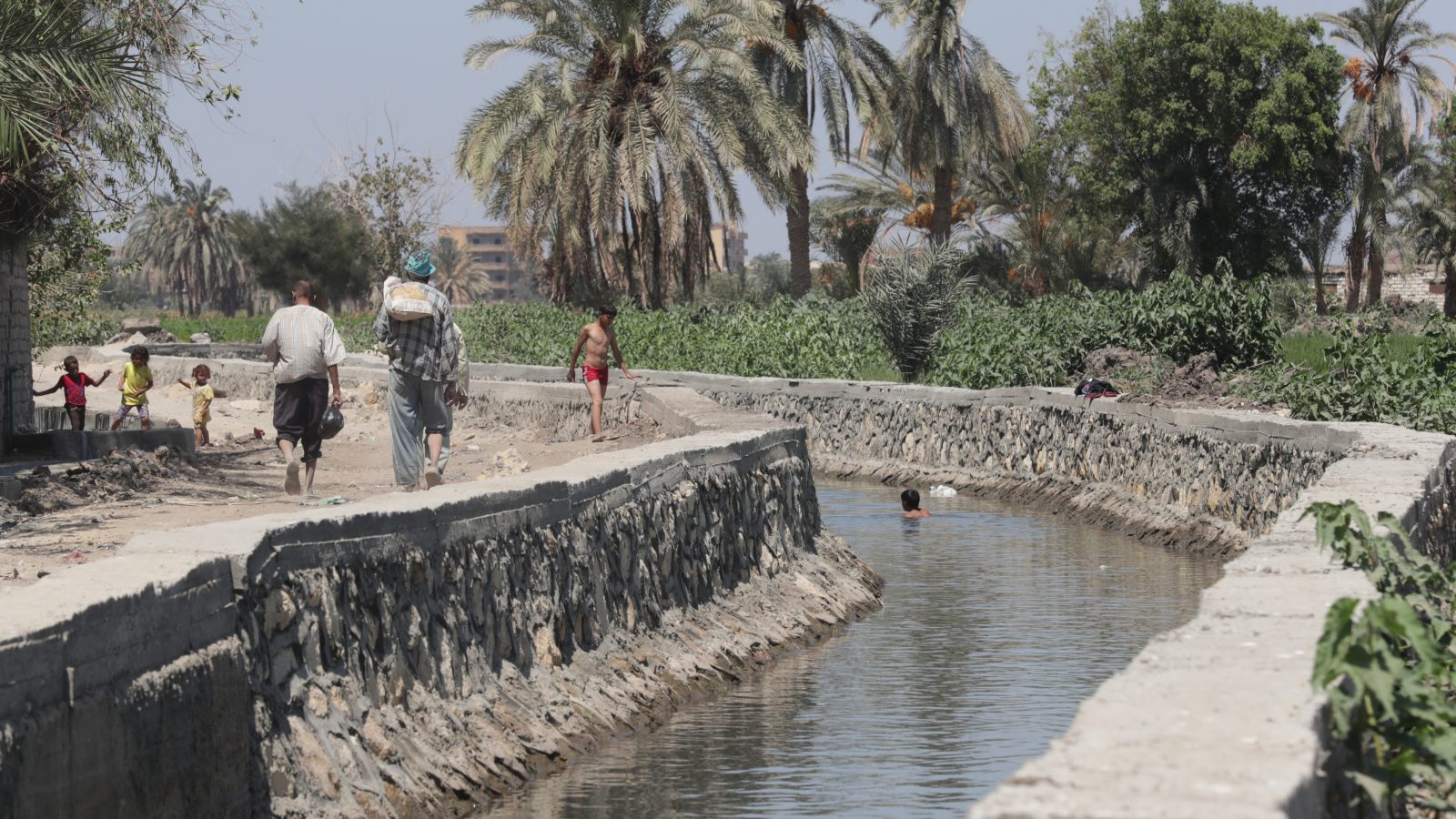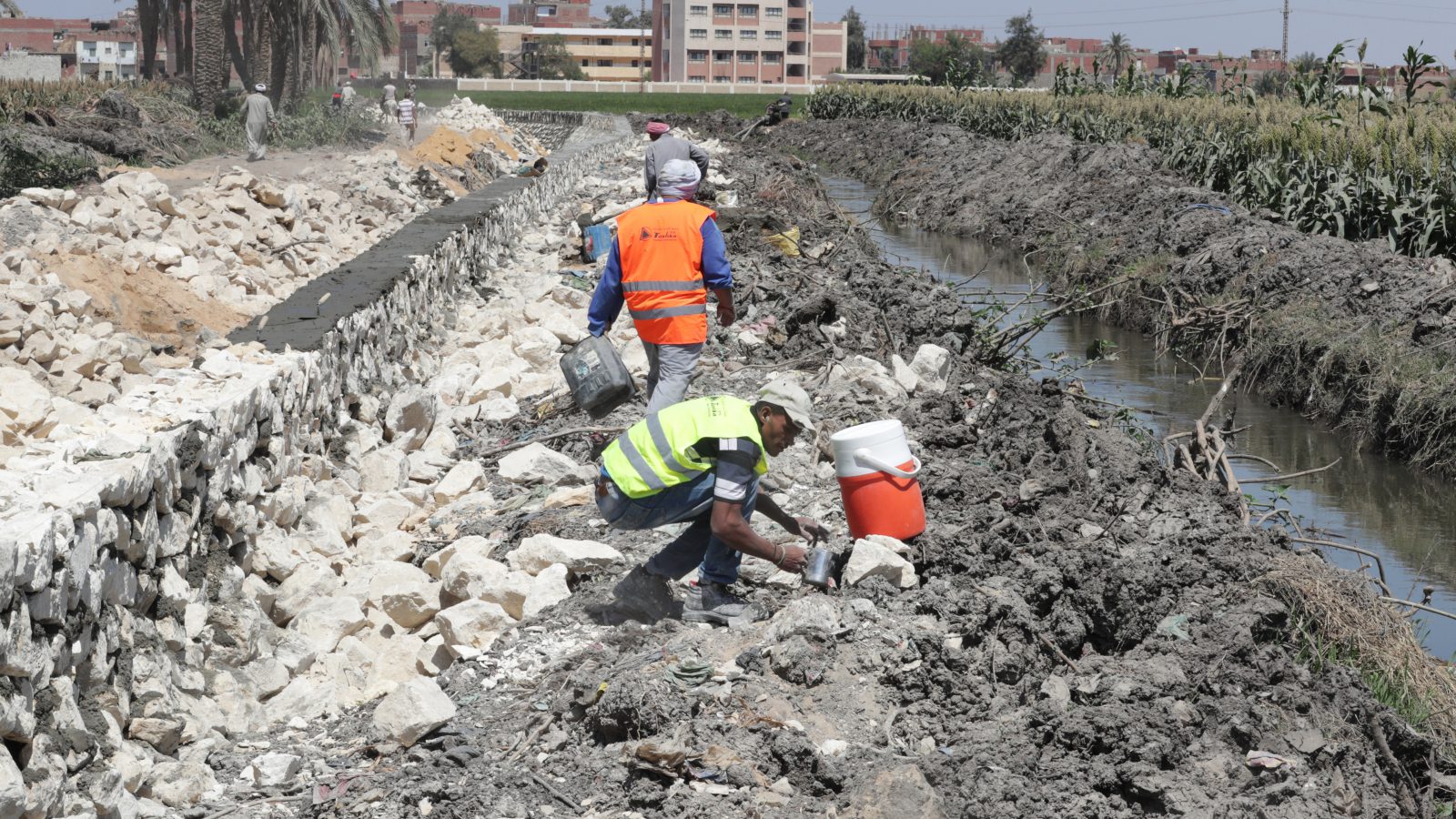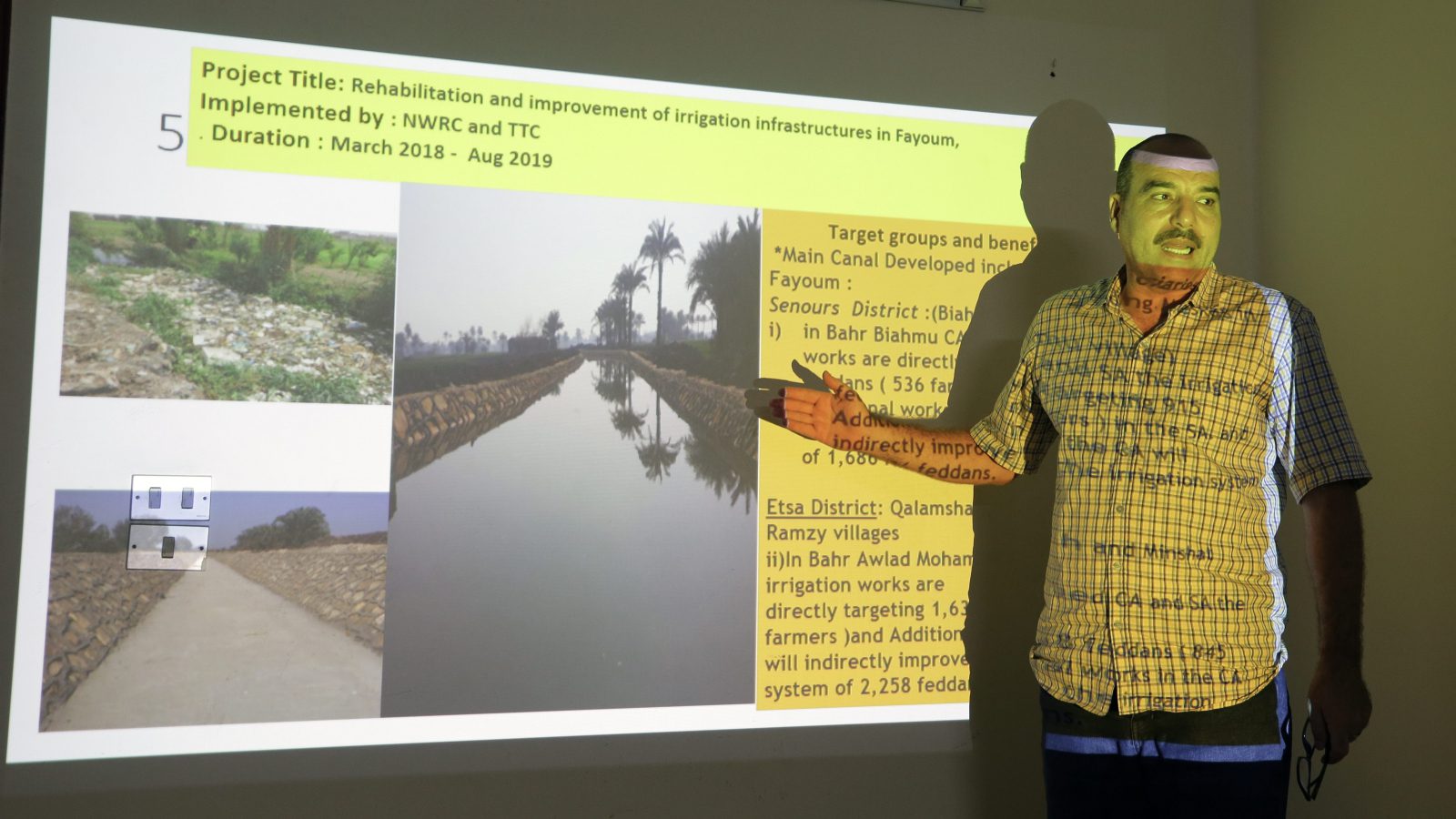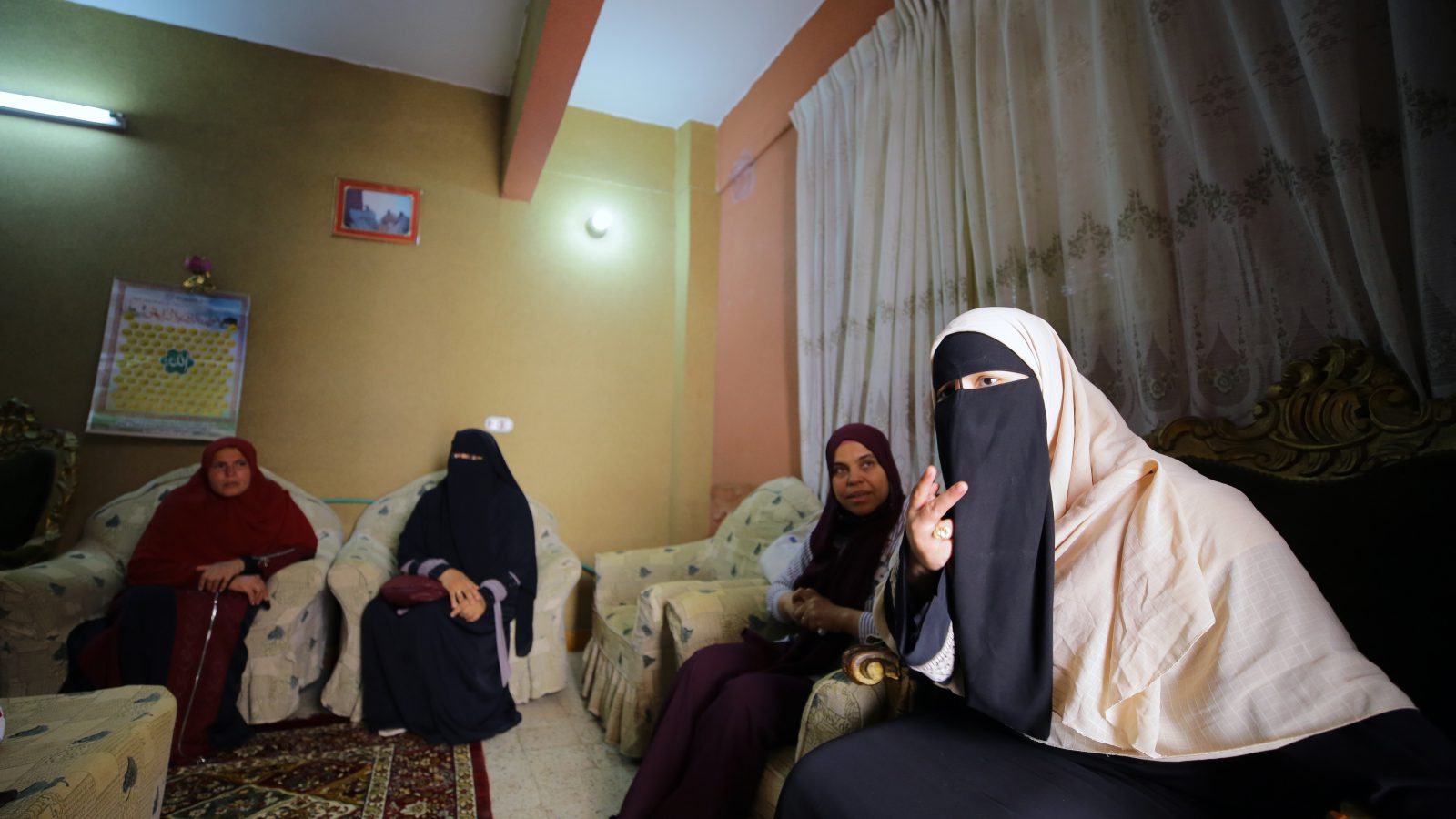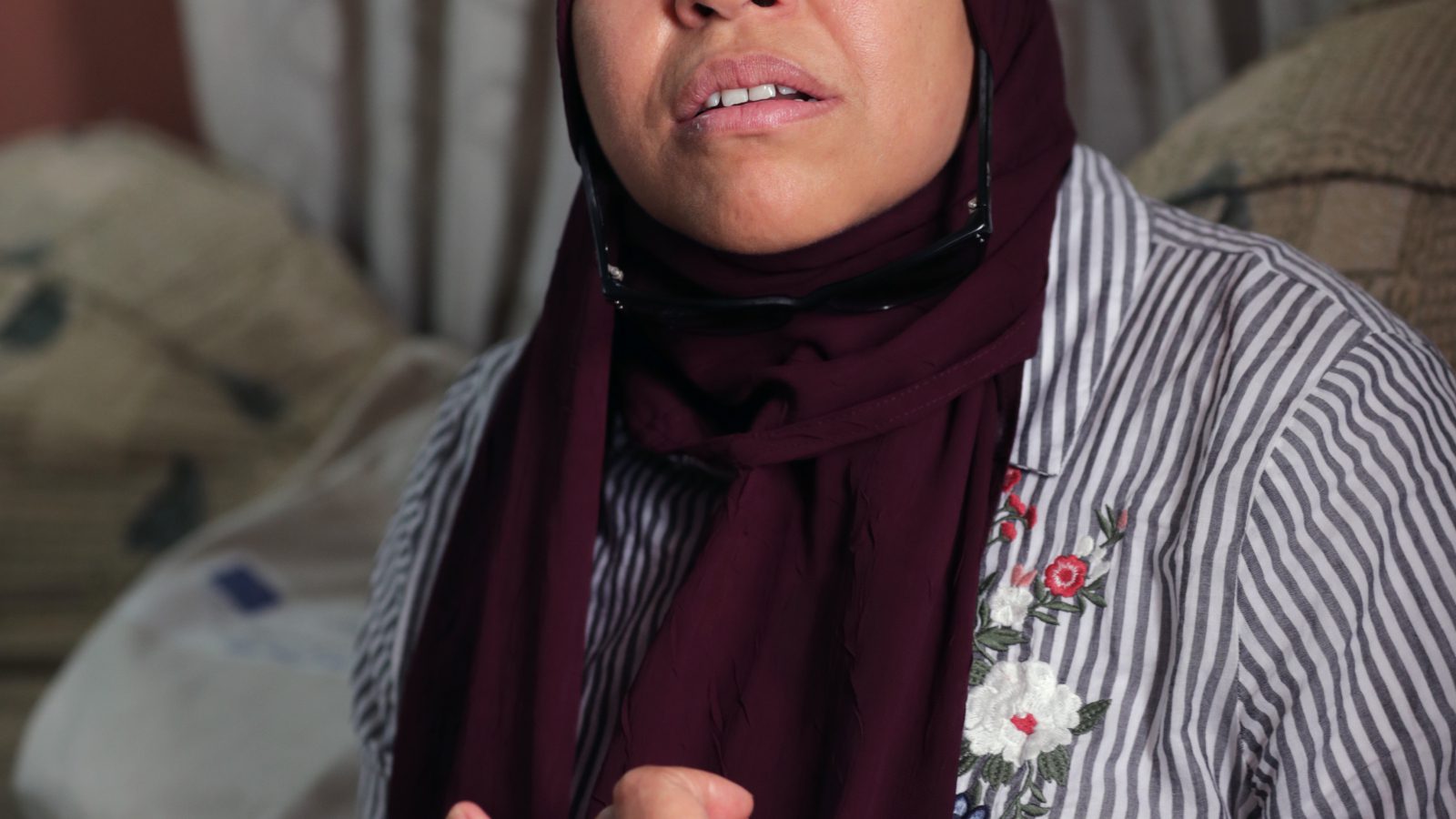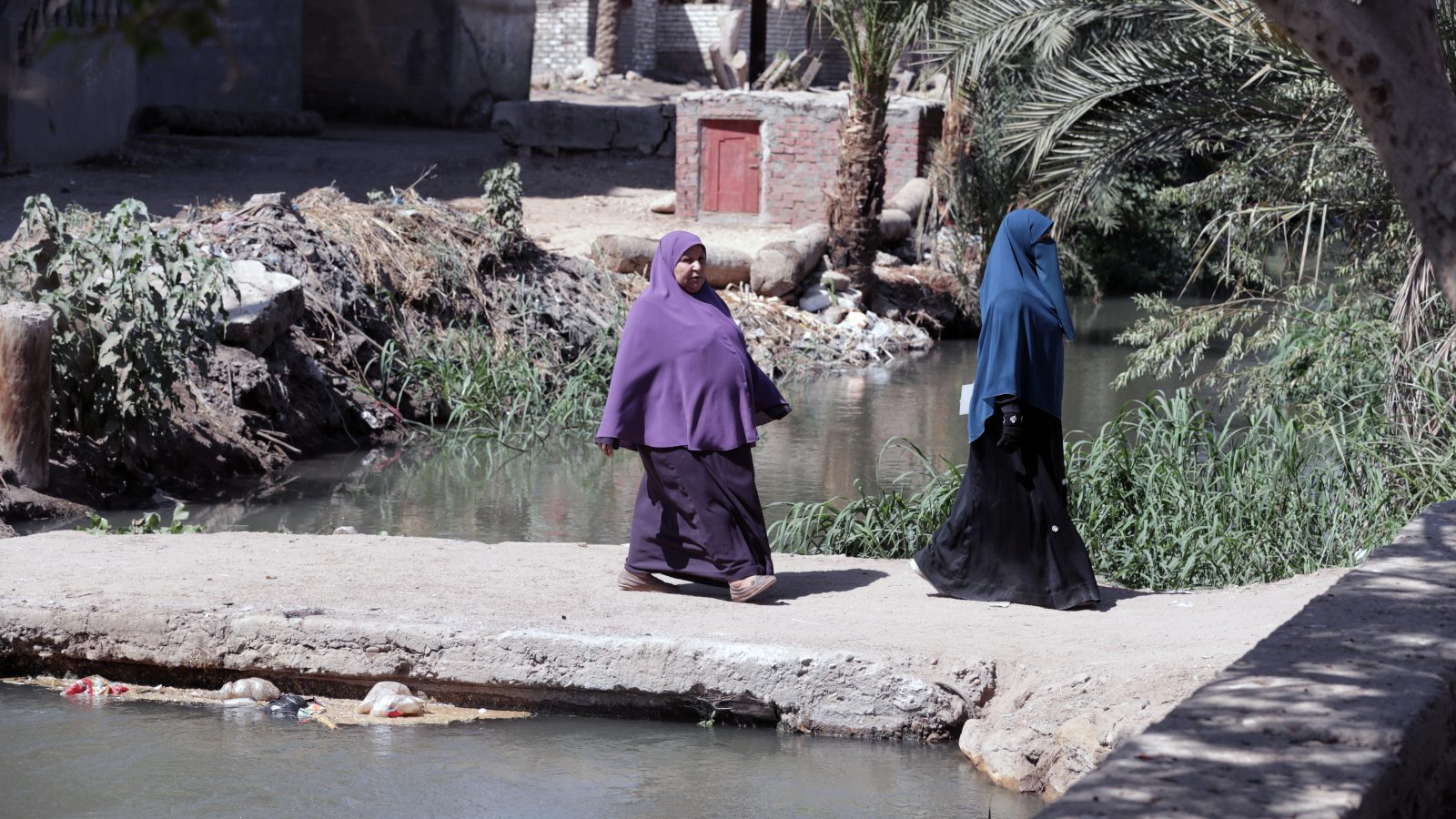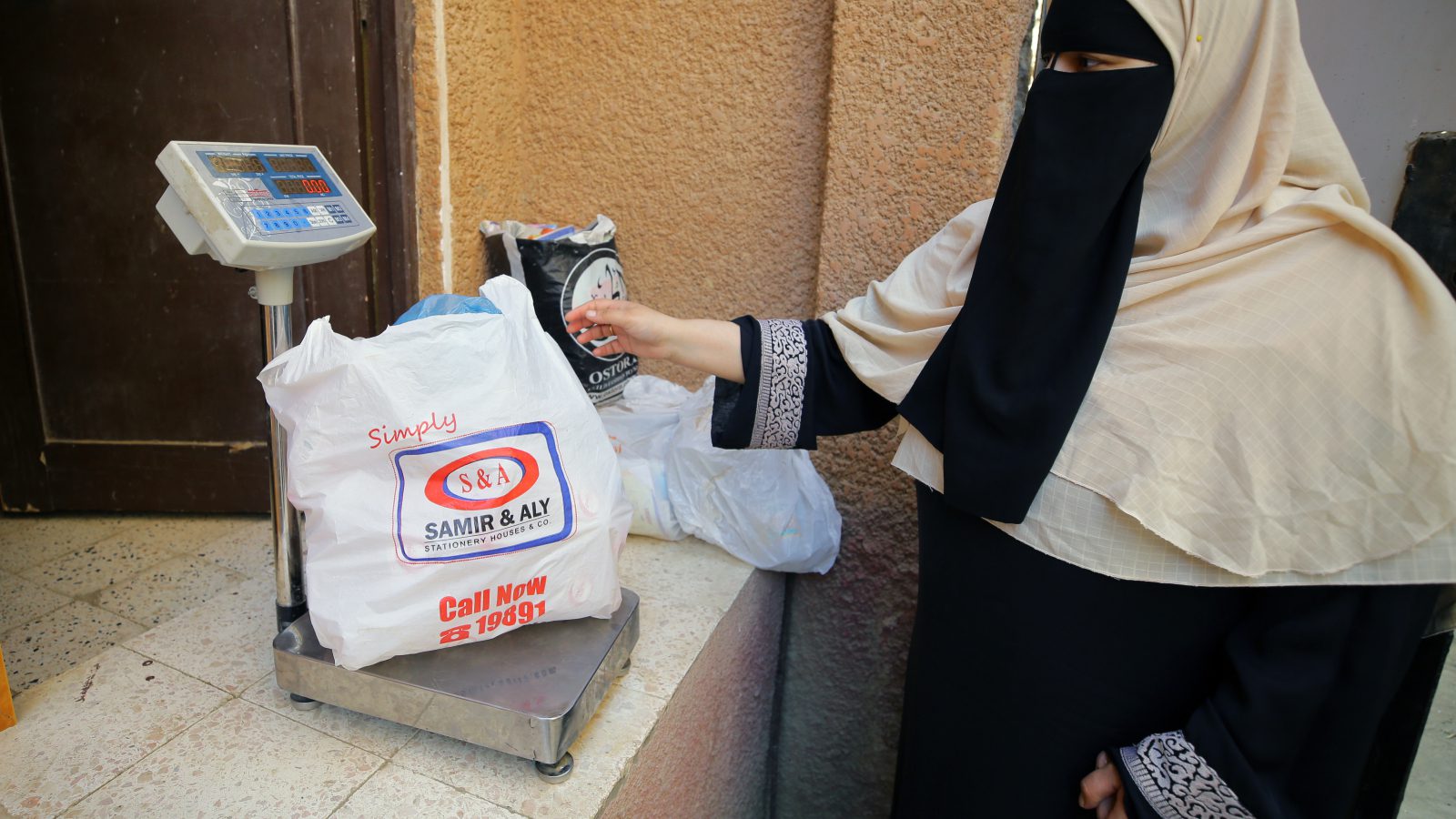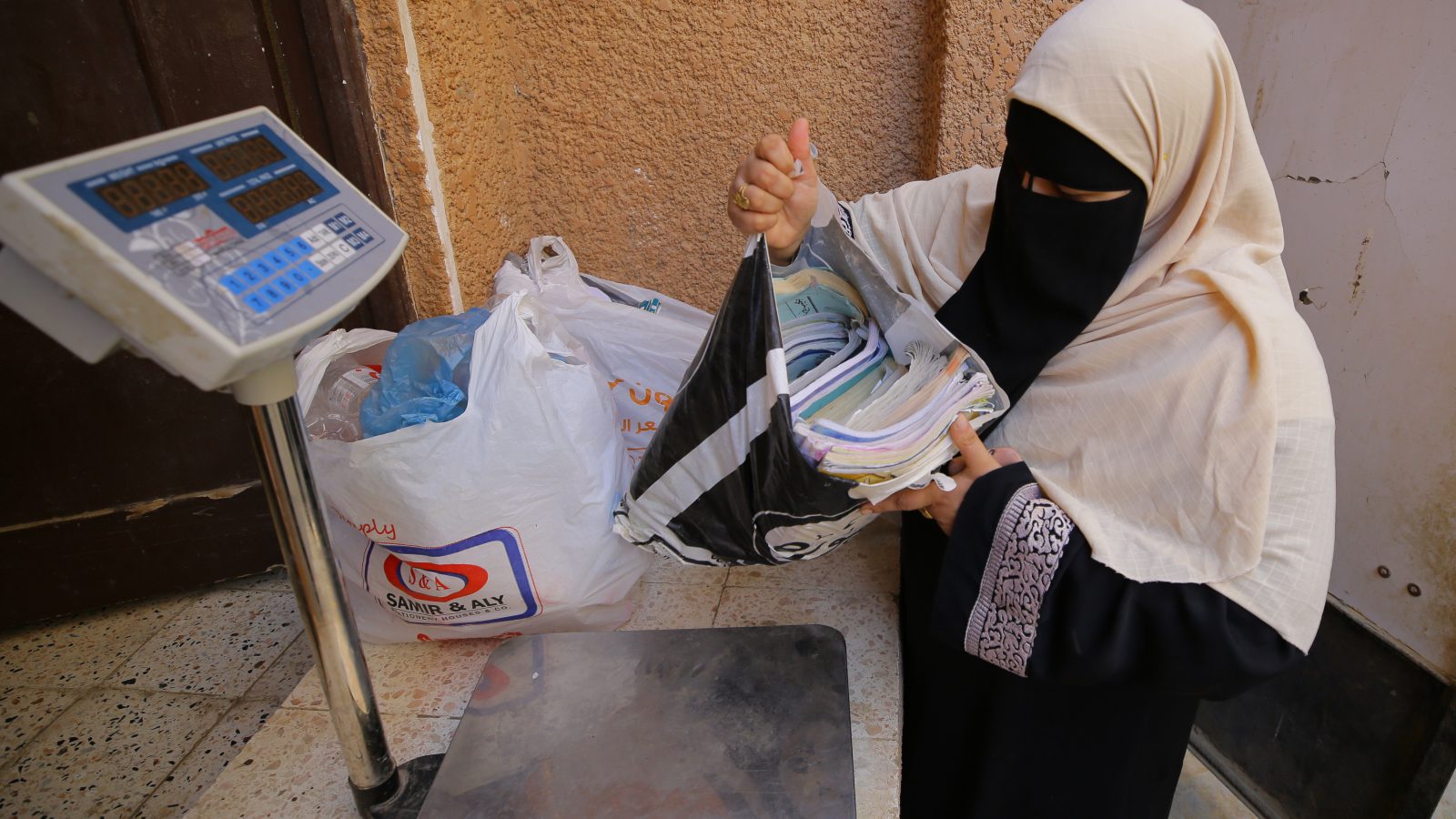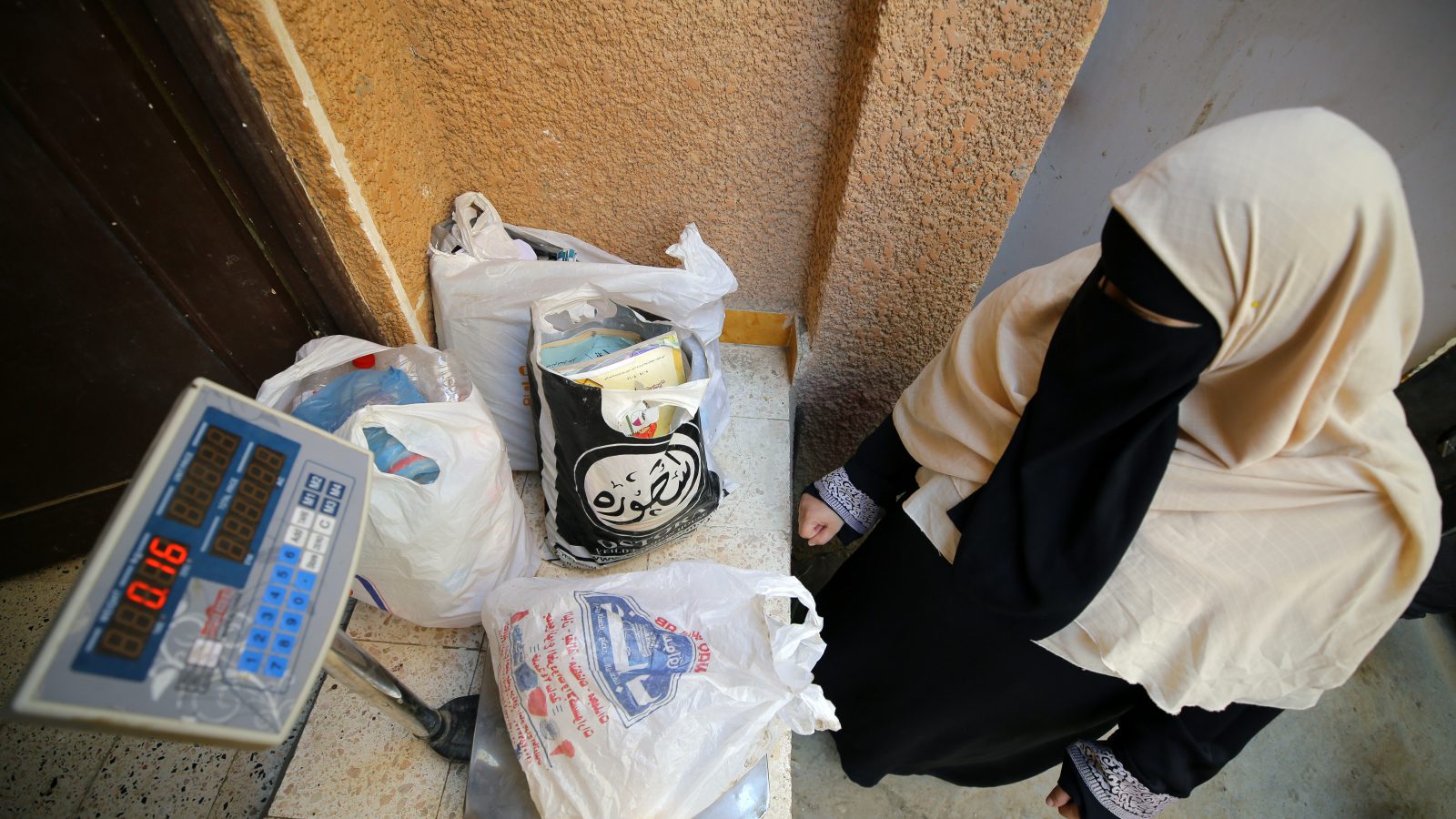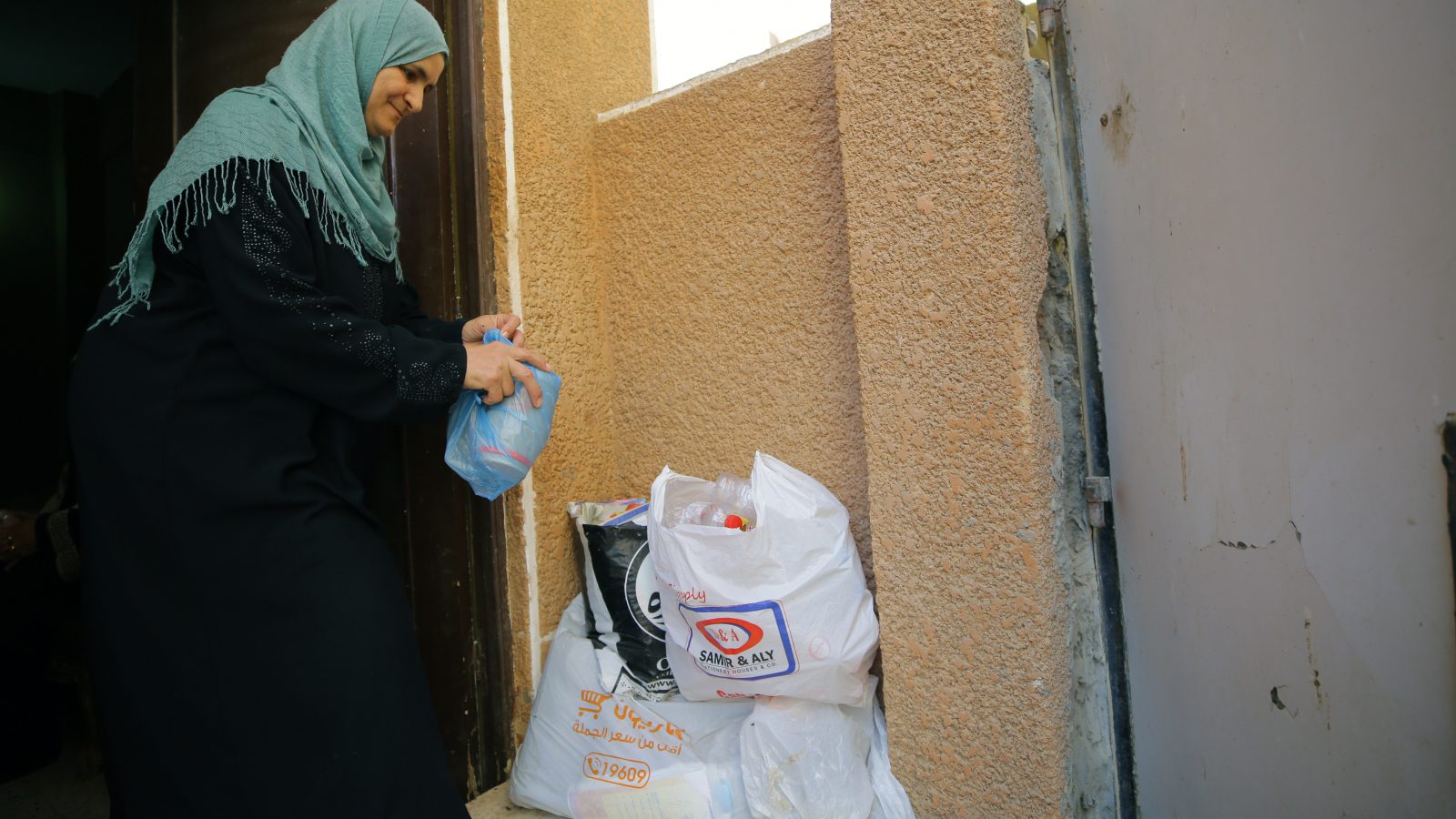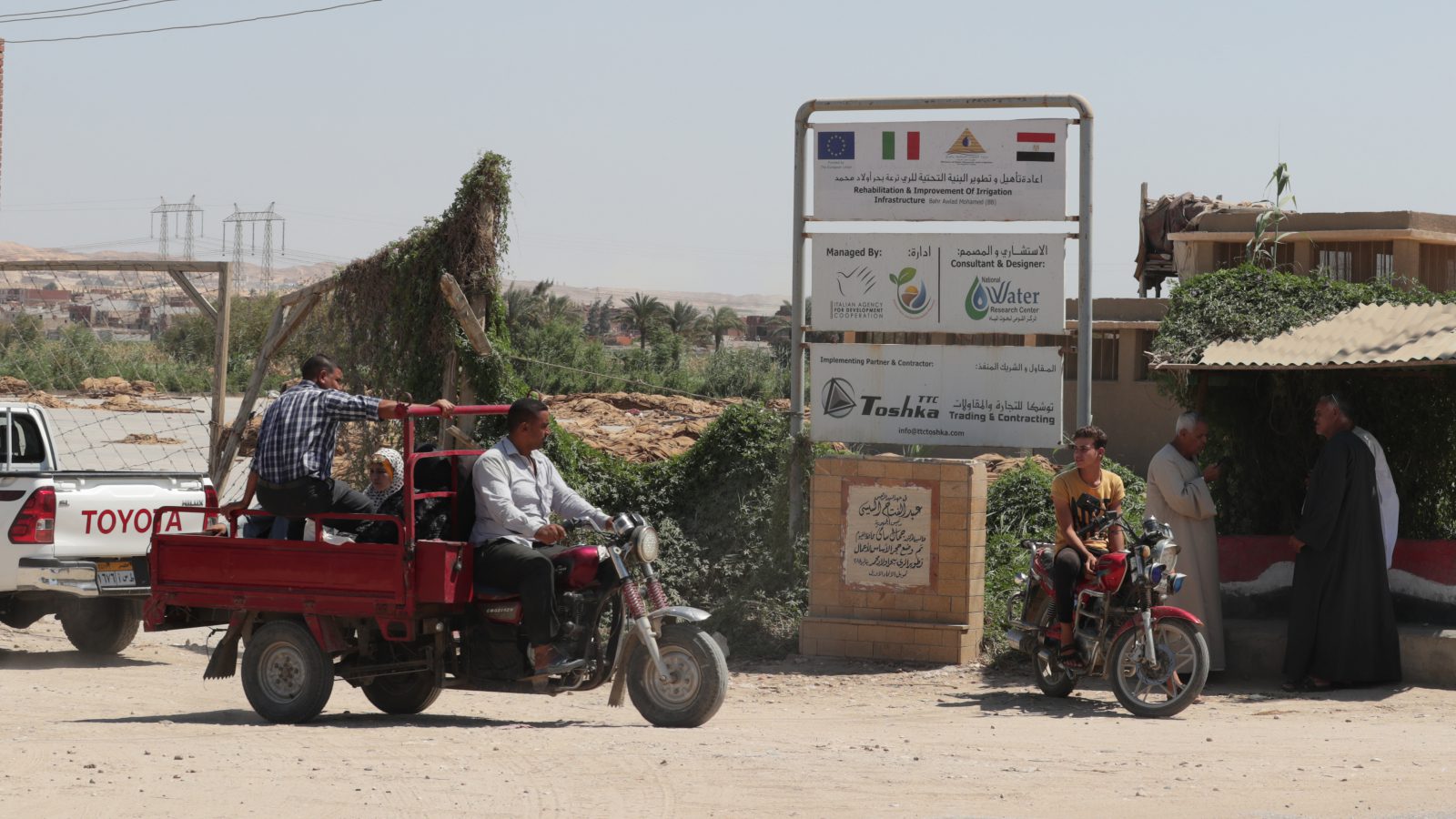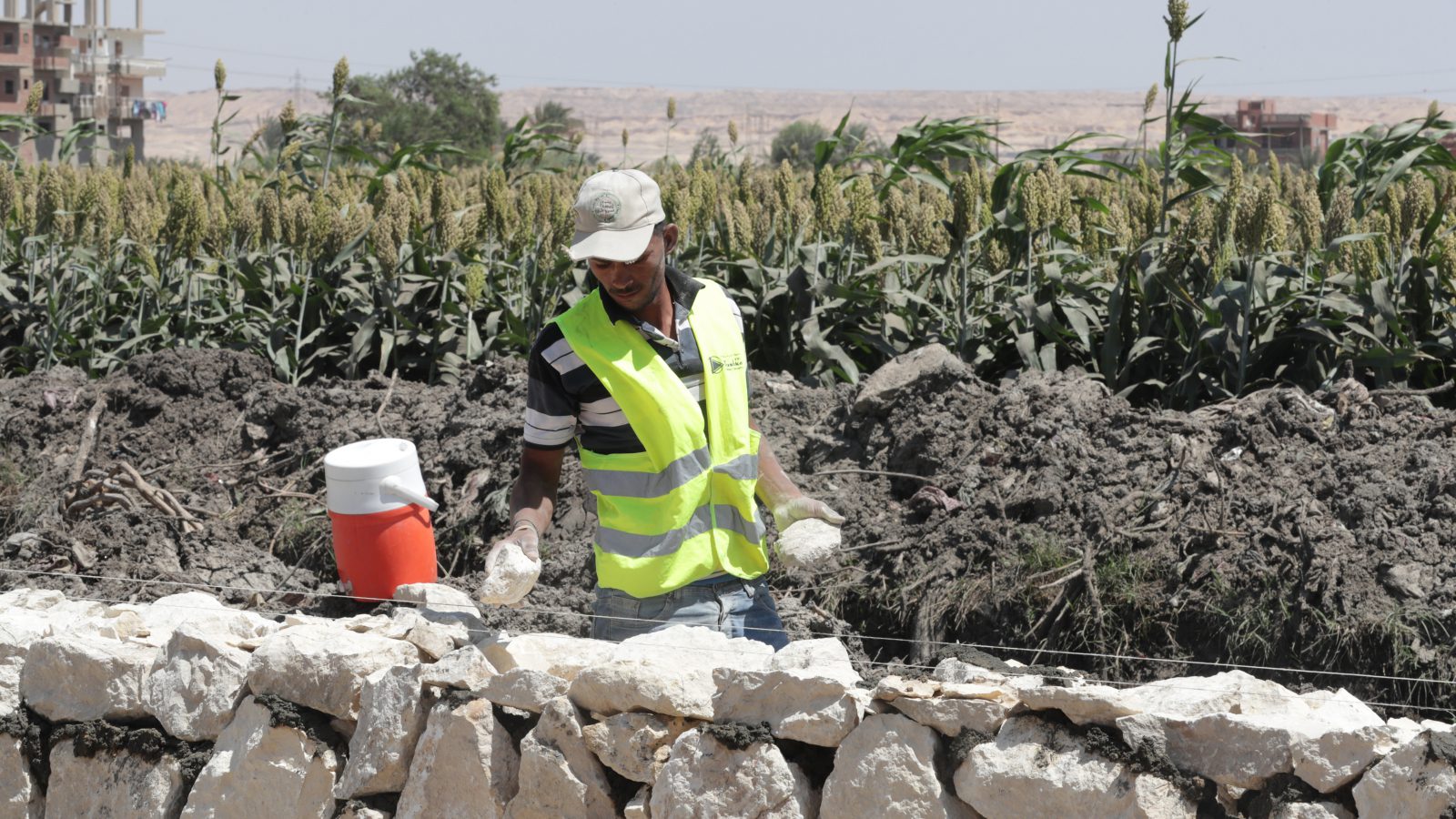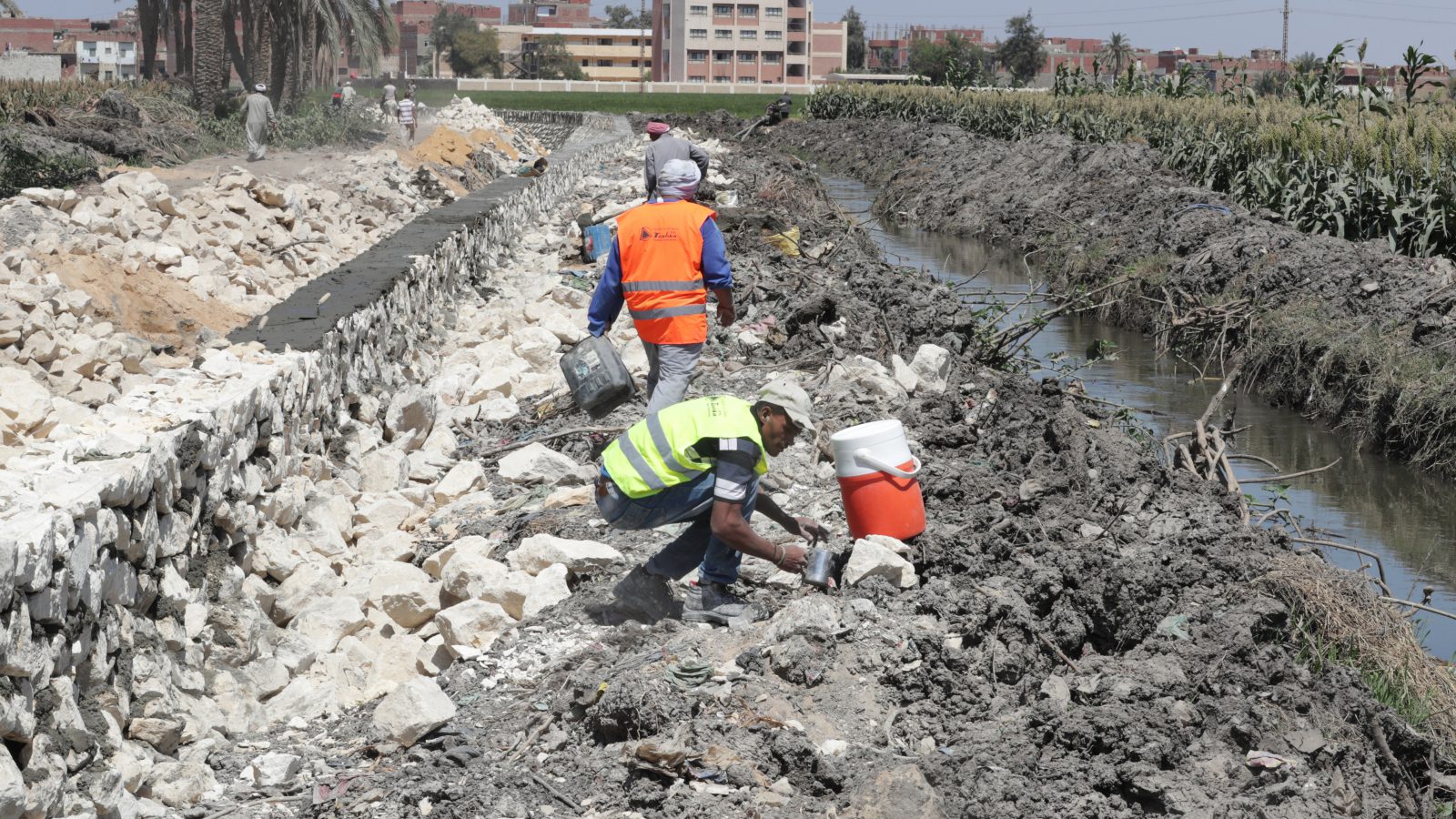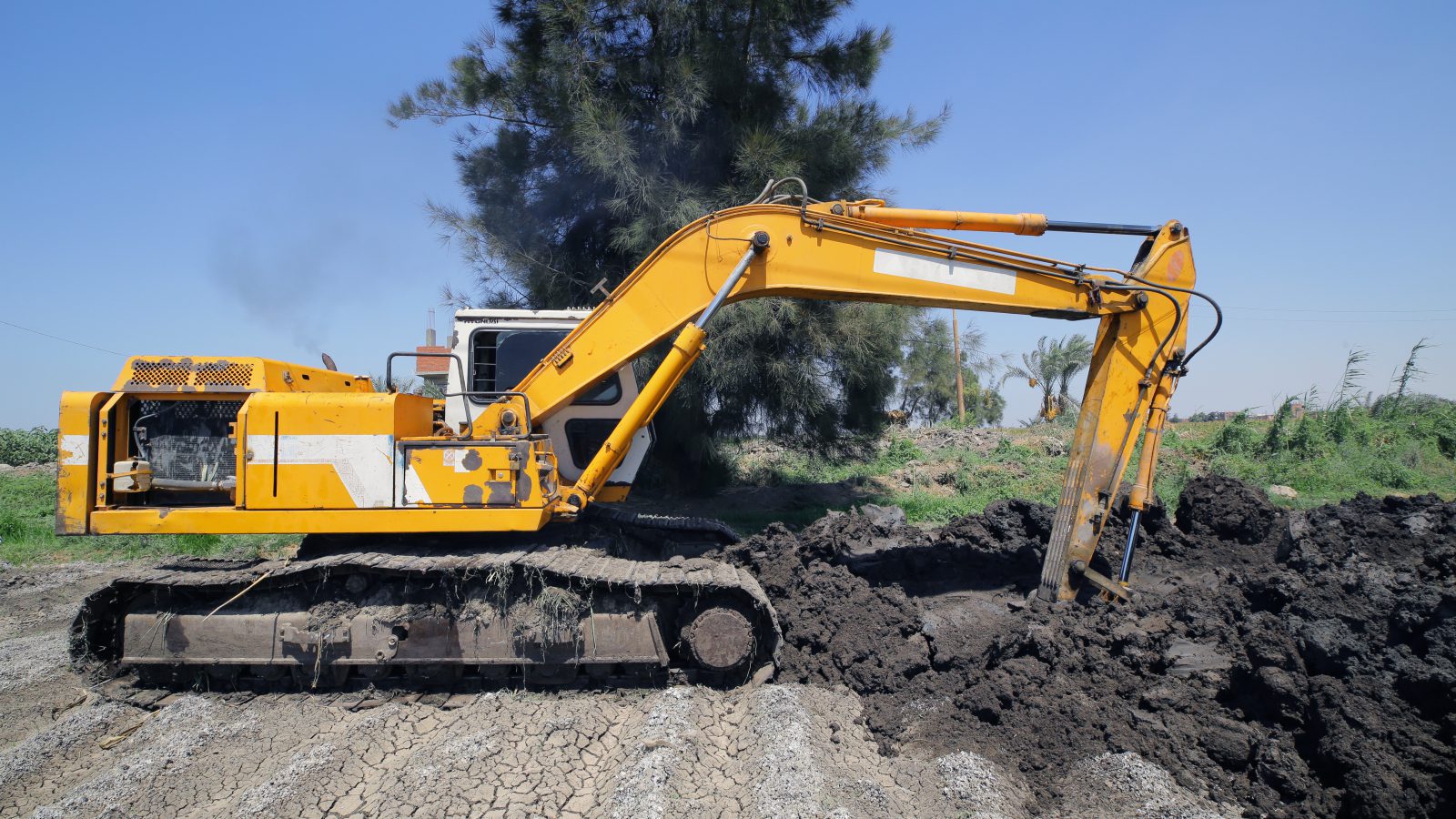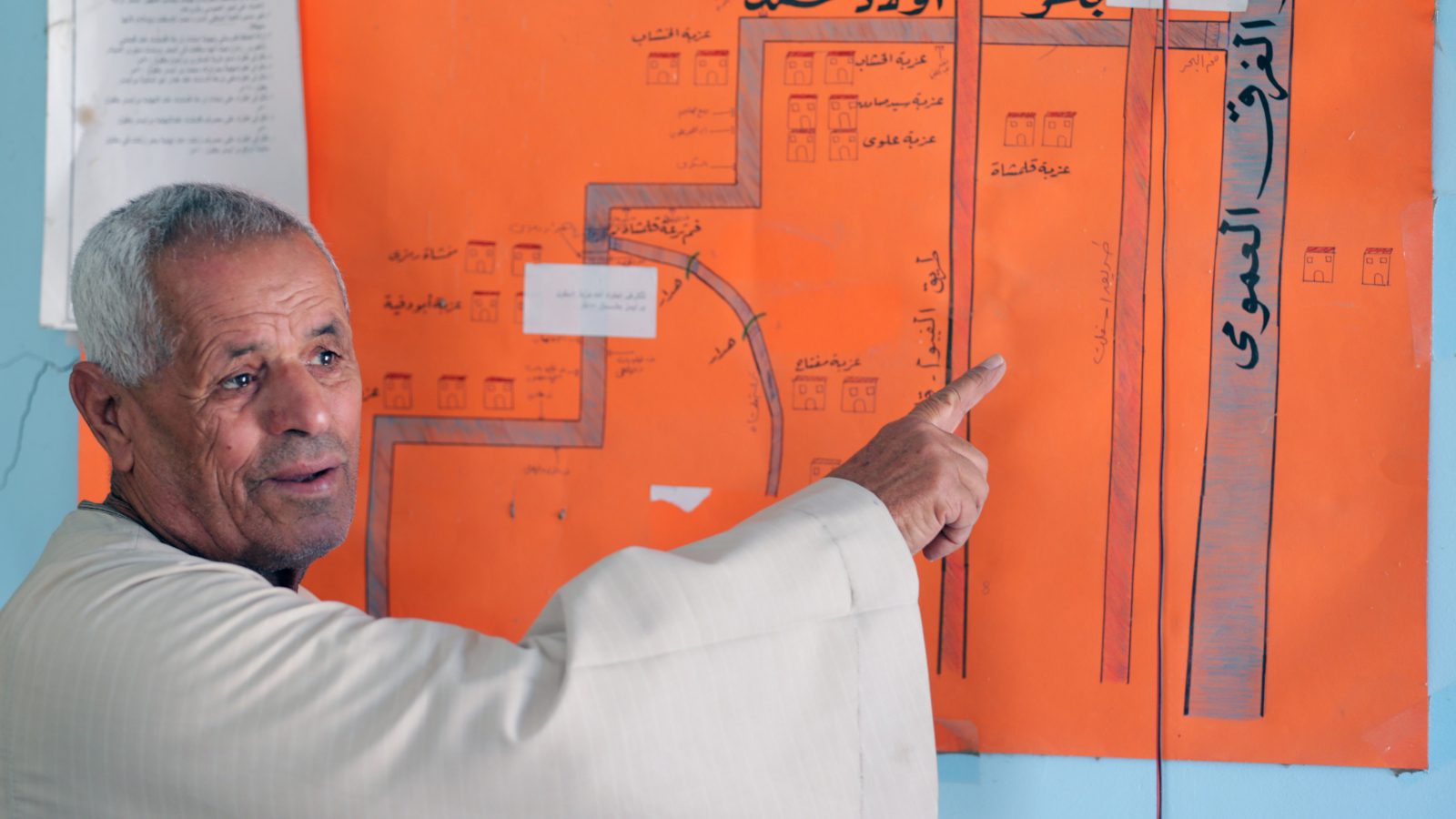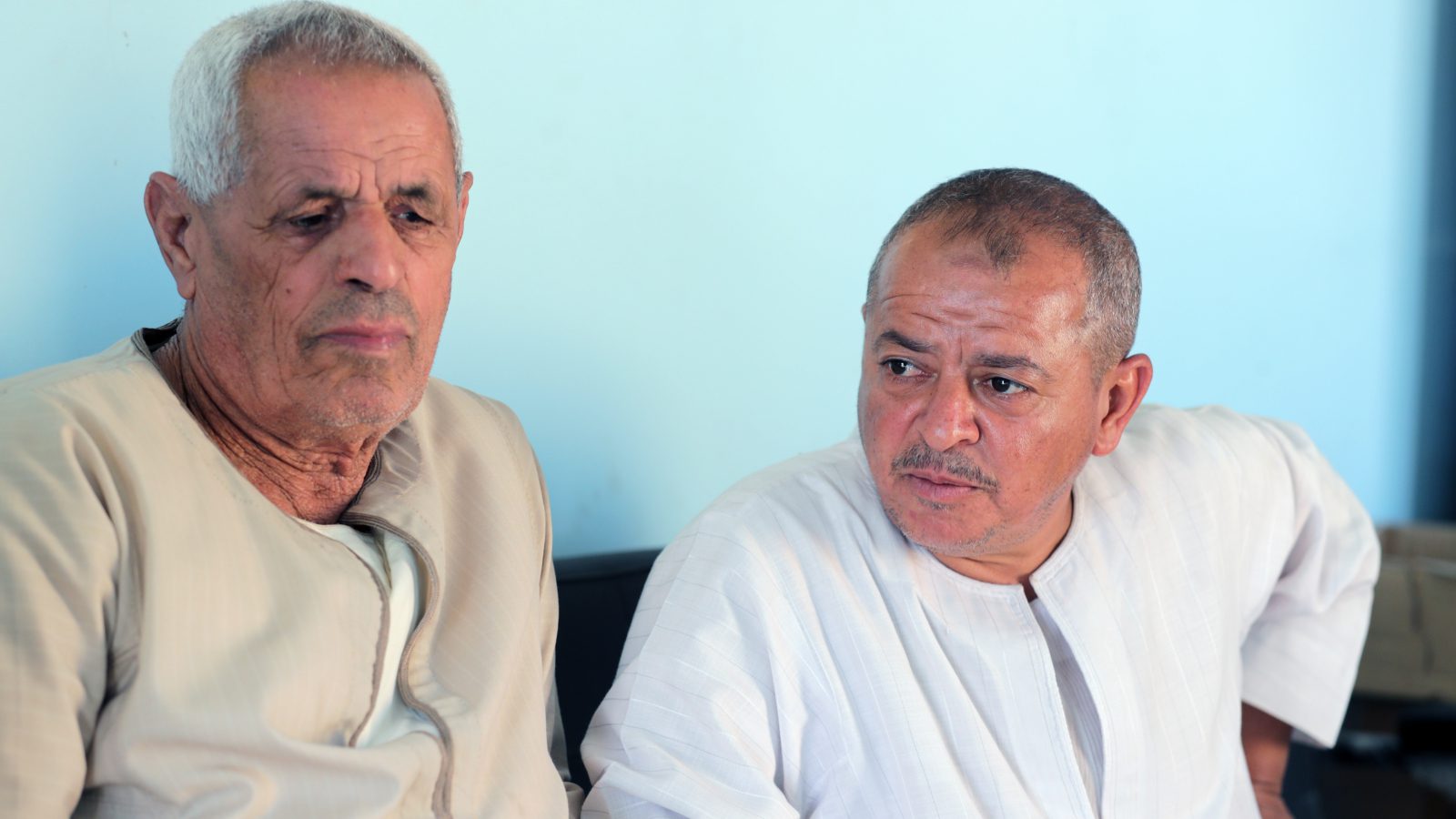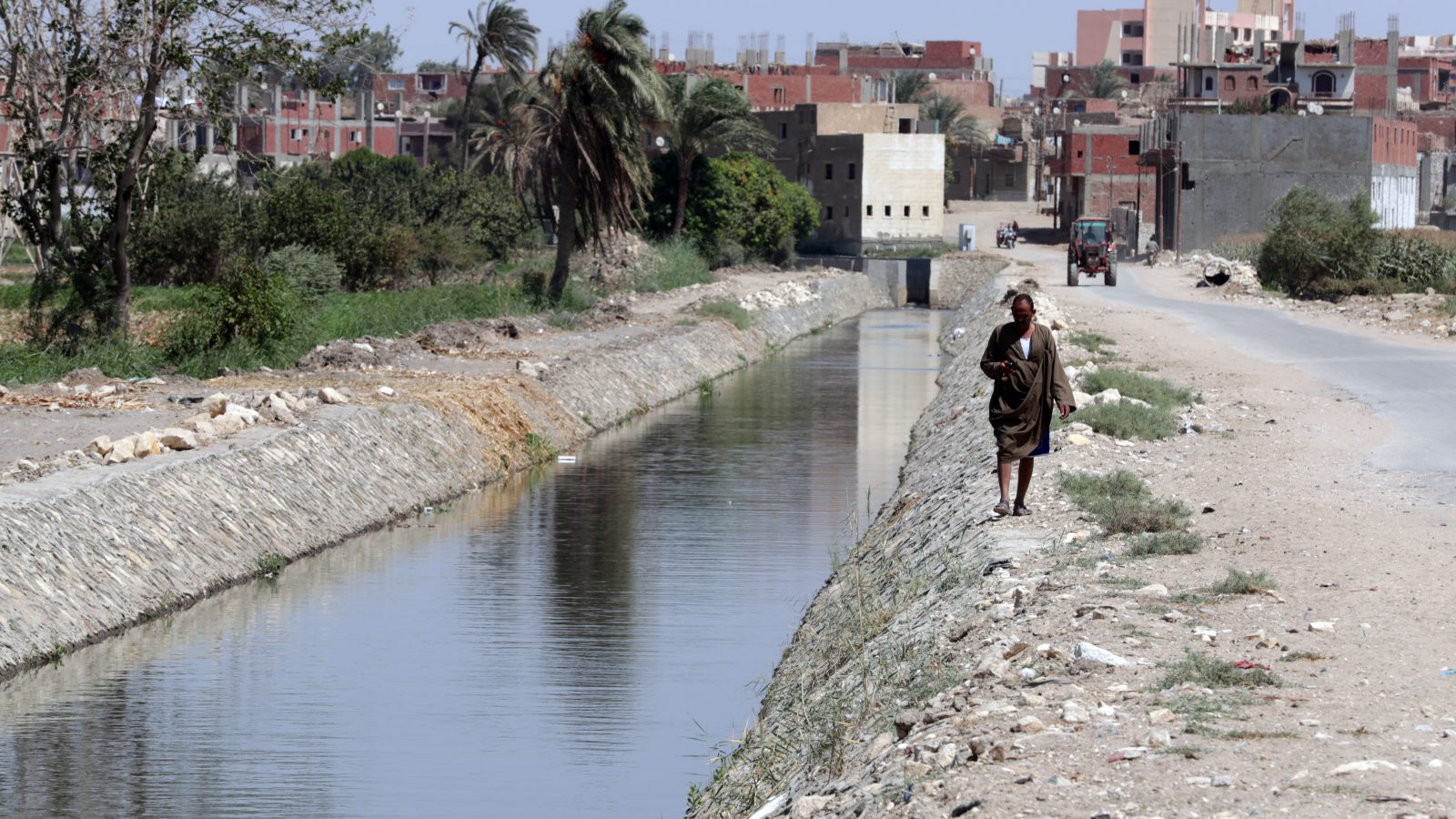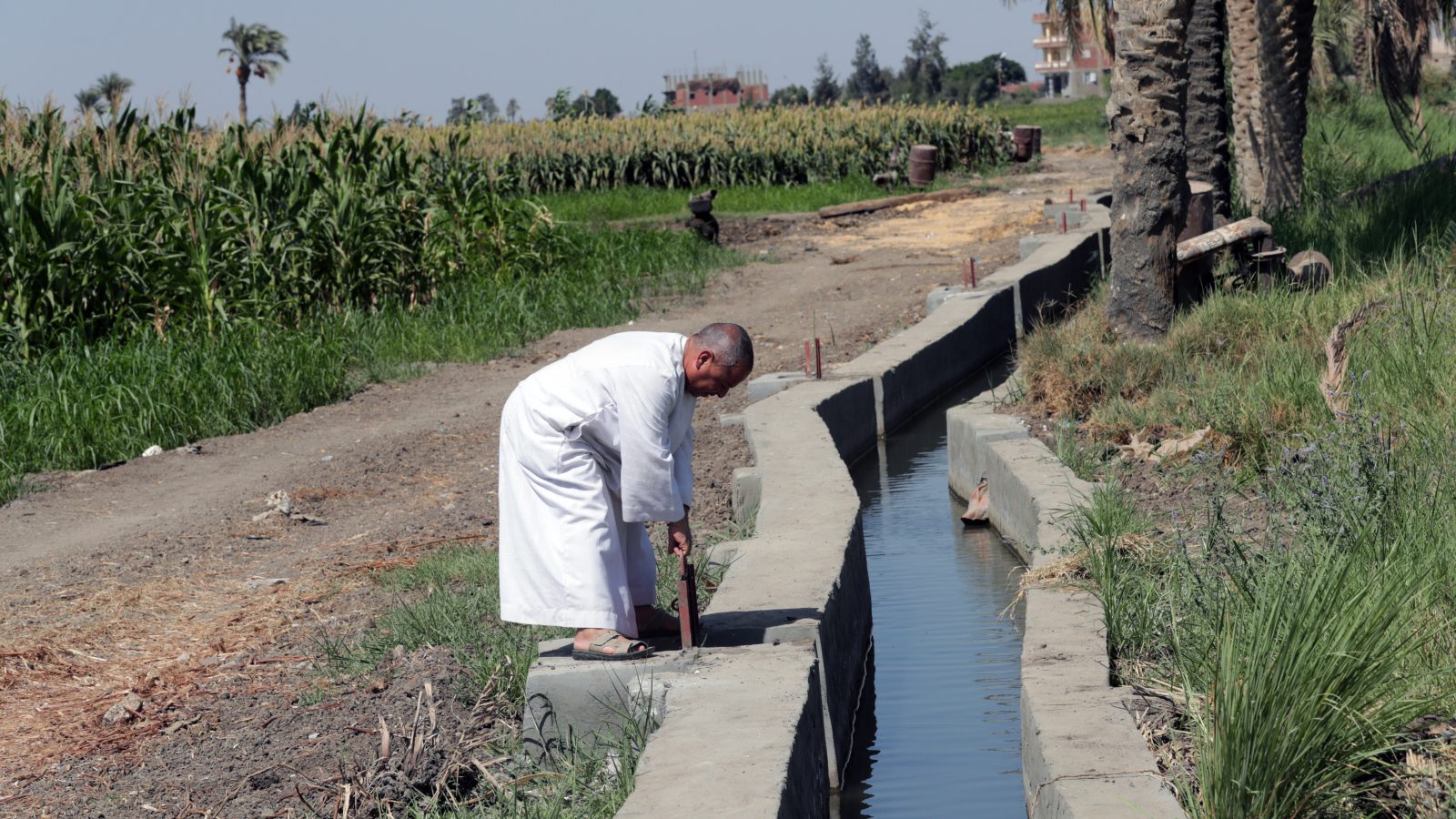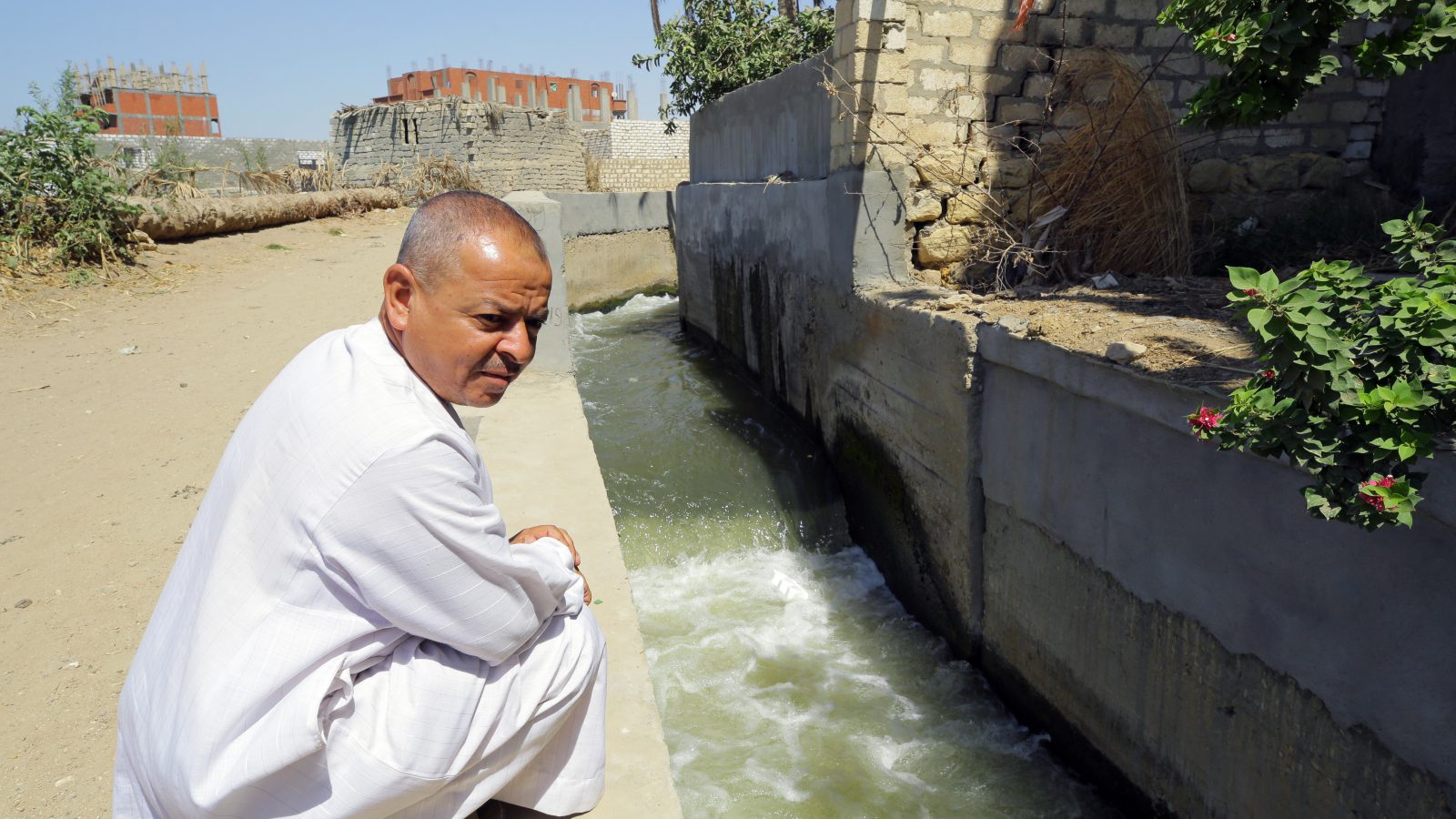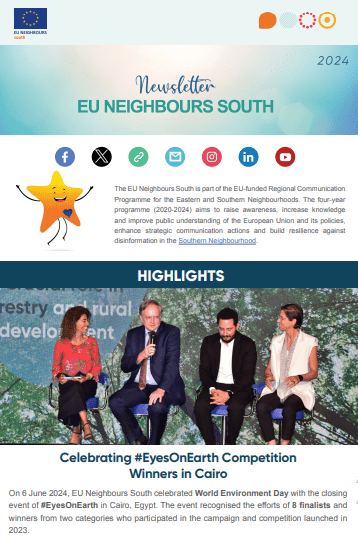Egypt: How the European Union support has helped raise public awareness ending a decades-long crisis in Fayoum
The rehabilitation of Awlad Mohamed canal project in Fayoum (Egypt) is part of a large programme, the Joint Rural Development Programme (EU-JRDP), funded by the European Union under the European Neighbourhood Program for Agriculture and Rural Development (ENPARD) for a grant of € 21.9 million. EU-JRDP is implemented by the Italian Ministry of Foreign Affairs and Cooperation and Development, through the Italian Embassy in Egypt with the technical assistance of the Italian Agency for Cooperation (AICS). EU-JRDP is an “area-based” initiative taking place in 3 governorates, namely Matrouh, Minya and Fayoum across Egypt. EU-JRDP main goal is to improve the quality of life of the people living in the rural areas of three targeted governorates with a specific focus on the sustainable management of territorial resources.
Three years ago, the European Union started funding an initiative to rehabilitate the Awlad Mohamed canal in Fayoum, Egypt. The main objective of the project, which is implemented by the Italian Government, to improve the irrigation efficiency since the cross section of the canals and related networks were deformed due to the lack of maintenance causing water losses. The canals had been polluted for decades with garbage, causing diseases for thousands of people, and preventing water from reaching most of the lands, which rely on the canal for irrigation. The EU-funded project in Fayoum has changed the lives of local farmers by enhancing the efficiency of the irrigation system, improving the quality of lands and crops, and preserving the environment.
“ Before the project, we were suffering… “
Shaimaa Youssef is a housewife. Showing through her niqab, Shaimaa’s eyes are filled with happiness reflecting the changes that took place in her life since the rehabilitation of Awlad Mohamed canal in 2016. “Before the project, we were always suffering from tons of garbage being dumped into the canal. We didn’t have any other options. Because the truck that collected waste used to come at irregular intervals, many people were burning trash or throwing them in the canal to get rid of their garbage.”
Shaimaa used to take Ali, her 8-year-old son, to the doctor for suffering a chest allergy because of repeatedly inhaling odours of burnt garbage at the sides of the canal. Now that the rehabilitation project has been undertaken and garbage is no longer burnt in the area, he is getting much better.
Shaimaa is one of the 2151 farmers who benefited from the “Rehabilitation and improvement of irrigation infrastructures in Fayoum”. Elwi, a village in the Etsa district where she lives and that is located 116 kilometres away from Cairo, in one of the four villages through which the Awlad Mohammed canal crosses. Along with the Biahmu canal in the neighbouring Senours district, the Awlad Mohammed canal is one of the two covered by the EU-funded project. The total length of the canal covered by the project is 85 kilometres (including the main canal and its sub-sections).
Awareness-raising campaigns
Awareness campaigns were essential to improving the situation. Big efforts were made to convince people to stop dumping garbage into the canal. Madiha, one of the project officers, visited villagers in their houses to talk about the disadvantages and dangers of dumping garbage into the canal. Shaimaa recollects how locals started to get familiar with the rehabilitation project. She adds: “we started being alarmed by the situation when Madiha told us that scientific studies confirm that children’s exposure to the vapours of garbage could result in future health problems and might affect their brain development, causing infection and leading to some sort of mental retardation”.
Information campaigns were carried out in the mosques of the district through the Friday prayer and in cooperation with the local imams, as well as during the Taraweeh prayers during the holy month of Ramadan. Campaigns were also carried out in schools and the officials involved in the initiative met with 1,000 students aged between 9 and 15.
According to the project officers, the awareness programs were initially targeting 500 villagers, but eventually around 3,700 persons were reached.During the awareness-raising campaign, most of the villagers were inquiring about alternative methods to getting rid of the garbage. Experts advised that the solution to the garbage disposal problem started with sorting it inside of the houses and then selling parts of it as an additional source of income for the families.
Selling garbage, a genuine solution
At Shaimaa’s home, bags full of plastic bottles and others filled with papers are stacking. While waiting for scrap buyers, she explains that the project has increased her income by selling garbage, as one kilo of glass can be sold for two Egyptian pounds (EGP). One kilo of cans can be sold for 8 up to 12 EGP and one kilo of cardboard can vary between 1.5 and 2 EGP. She adds that women villagers are also exchanging empty bottles and plastic from the household waste for soap products.
Shaimaa laughs as she remembers that her son, who used to swim in the canal, now calls it the “swimming pool”. Before the project, he and his friends were exposed to mud, grass, and garbage, including pieces of glass that used to hurt them.
The EU-funded project also provides sustainable solutions for garbage problems, by funding 15 young entrepreneurs from the villages, half of which are females. All the selected entrepreneurs came with solutions in the field of investment in solid and agricultural waste, such as tricycles for collecting garbage, a machine to compress agricultural waste and other like-minded projects, in which each project saves its owner from poverty and provides between four to five job opportunities.
Rehabilitation technique
Once dumping garbage into the canal was put to a halt, an alternative canal was drilled in view of diverting the water and maintaining the provision of irrigation water to the lands. Then the main canal got cleaned from the garbage and layers of stones covered by cement were added at the bottom and sides of the watercourse to ensure that the water keeps the same width throughout its entire course. When that was done, the water got diverted again to the main canal, and the alternative one was backfilled.
By August 2019, nearly 80% of the rehabilitation of the main canals had been completed. The rest is set to be finished by March 2020, in order to cover all the 3,942 feddans that are expected to benefit from the project (each feddan equals to 0.42 hectares).
Crop yield increase
The main impact of the rehabilitation of the Awlad Mohamed canal was on the improved irrigation of agricultural lands, “For a long time, we were suffering from the poor condition of the canal due to neglect and accumulated residues. We had intensely tried to lodge complaints and formulate requests regarding this issue to solve this problem, but in vain”, says Abu Bakr Hassan Minshawi, Chairperson of the Water Users’ Association of the Awlad Mohammed canal. One-third of lands bordering the Awlad Mohamed canal were not covered by appropriate irrigation, because of the large amount of water lost due to the deformed cross section of the canal and the accumulation of garbage, waste, and grass. However, the situation has completely changed in the areas that benefited from the EU-funded project.
Following the implementation of this project, the water availability increased and the duration of the irrigation per each served farmer has been cut by half. Up to 75% of the time it takes for water to flow from the beginning of the canal to the last acre of the agricultural land was reduced.
During the interview, Abu Bakr receives good news. A farmer working in his lands called him and announced that they had started harvesting and noticed an increase in crops quantities by one third for corn and 20% for wheat. He says: “we were only able to achieve this result thanks to the project. We can now cultivate the land not only during the summer but also in the winter instead of one season per year as we used to”.
Reduction of farming’s costs
Moreover, the benefits to farmers are not only the increase in crop productivity but also the reduction of the costs of farming. Among others, before the implementation of this project, farmers had to use water pumps to counter the lack of water and spend substantial money to cover the costs of these pumps, notably in terms of fuel and workforce. After the end of the canal lining process, the land area adjacent to the canal is increased. The width of Meskas (very small canals) varies from one meter to 50 centimetres (compared to 4 meters for the regular canals).
“The increased area has facilitated the transportation of the agricultural products at once with the help of large vehicles, whereas previously several roundtrips with tricycles or donkeys were required in order to complete the flow of products. This could help farmers to spare money from their transportation budget. Since canals are now rehabilitated, the water users’ associations are planning to purchase small dredger, whose price will be divided between all interested farmers, to be used for maintenance purposes on behalf of the ministry of irrigation,” Abu Bakr explains.
Results sustainability
To ensure the sustainability of the project results, the water users’ association of the Awlad Mohammed Canal is planning to collect annual fees from each farmer and are managing the meskas’ cleaning and farmers are observing the water management rules. The Chairperson of the Association explains that they will fine those who dump residues into the canal. Abu Bakr aspires that the project continues to include all lands overlooking the Awlad Mohammed canal especially that now the people residing in the areas covered by the project have felt its positive impact on their lives.
The positive change of farmer’s life in Fayoum is one of many projects funded by the European Union in Egypt. The EU ongoing cooperation aid portfolio in Egypt amounts to 1.4billion Euros in grants. This makes the EU the biggest donor in the country, whose population is direly affected by poverty, (32.5 % of Egyptian population lives below the poverty line according to the latest official statistics).
Until now, 2 151 farmers have directly benefited from the project. The implementation phase required heavy investments and efforts but the main challenge remains a concrete and lasting change of mentalities, the sole effective guarantee of the results’ sustainability. Thereby, the impact will reach the surrounding villages and the success of “Rehabilitation and improvement of irrigation infrastructures in Fayoum” project will be continuously increasing.
More pictures

